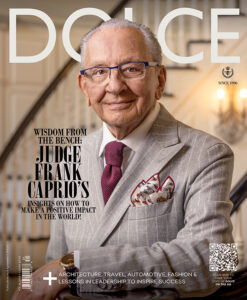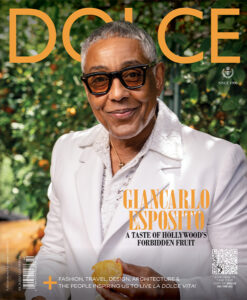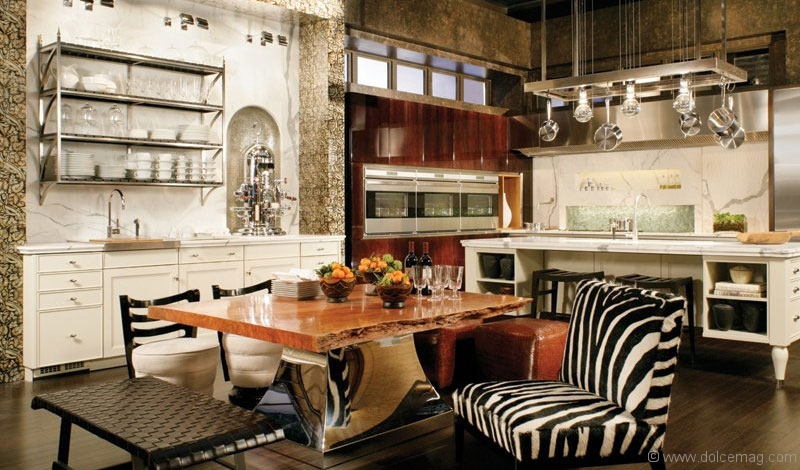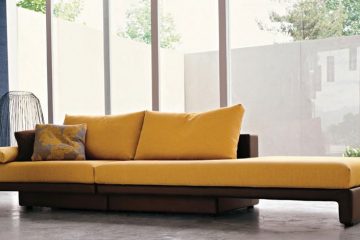BeauxArts Meets Culinary Styles
From the time of the ancient Roman and Greek empires and the Renaissance, civilizations have inspired different works of art. Whether you go to the great Pantheon in Rome or visit the marvelous Statue of Liberty in New York City, you’ll find the spectacular masterpieces of talented cultures. But what if you could get the best of both worlds, and bring it into your kitchen?
When it comes to constructing one of the home’s most important rooms, de Giulio Kitchen Design is an international leader in the business. Specializing in interior architecture, the Chicago-based company has built kitchens for high-profile clients in more than 50 countries, and in prestigious cities such as London, Paris, and Rome. “We recently did a project for Sub-Zero and Wolf [Appliance Inc.], building its kitchen showroom at the A & D Building in Manhattan,” says founder Mick De Giulio.
Of course, what really makes this company special is its latest BeauxArts Collection. Inspired by early 20th century American architects, it originally allowed successful businesspeople to express their wealth by incorporating designs of new and old. “It’s a collection of details and elements enabling a mixture of materials that then forms its own dynamic,” De Giulio says. His bold new approach builds a bridge between varying styles, allowing “the joy of creativity, which rules in the art of cooking itself, to be transferred to the room in which it takes place.”
De Giulio tells me how he began in his line of work. “I was 16 and my dad bought a small wood shop where we built cupolas,” De Giulio says, describing his job as more of a hobby. “After I learned woodworking and cabinet-making, I started designing kitchens by age 19.” The designer has a unique perspective on style, explaining how “it’s intangible but no less important.” Splitting his leisurely pursuits with his family, De Giulio, a father to four children, is a man of compassion. “If I could change one thing about the world, I’d want to take care of its children in all ways.”
After almost 30 years in the industry, serving business executives and celebrities, De Giulio attributes his success to a strong work ethic and his talented professionals. “One of my craftsmen in Bologna works with this process that the Romans used 2,000 years ago, making fire terracotta clay,” he reveals. After telling me about his two-year research on the material, De Giulio reminds me of The Da Vinci Code’s Robert Langdon, on a quest for history’s biggest secret. “It’s amazing what still hasn’t been invented in this
centuries-old room where we’ve prepared meals for thousands of years.” But if anything reflects new inventions in the kitchen, especially when it comes to beauty, function, and longevity, it’s de Giulio Kitchen Design. www.degiulio.org






















































































No Comment